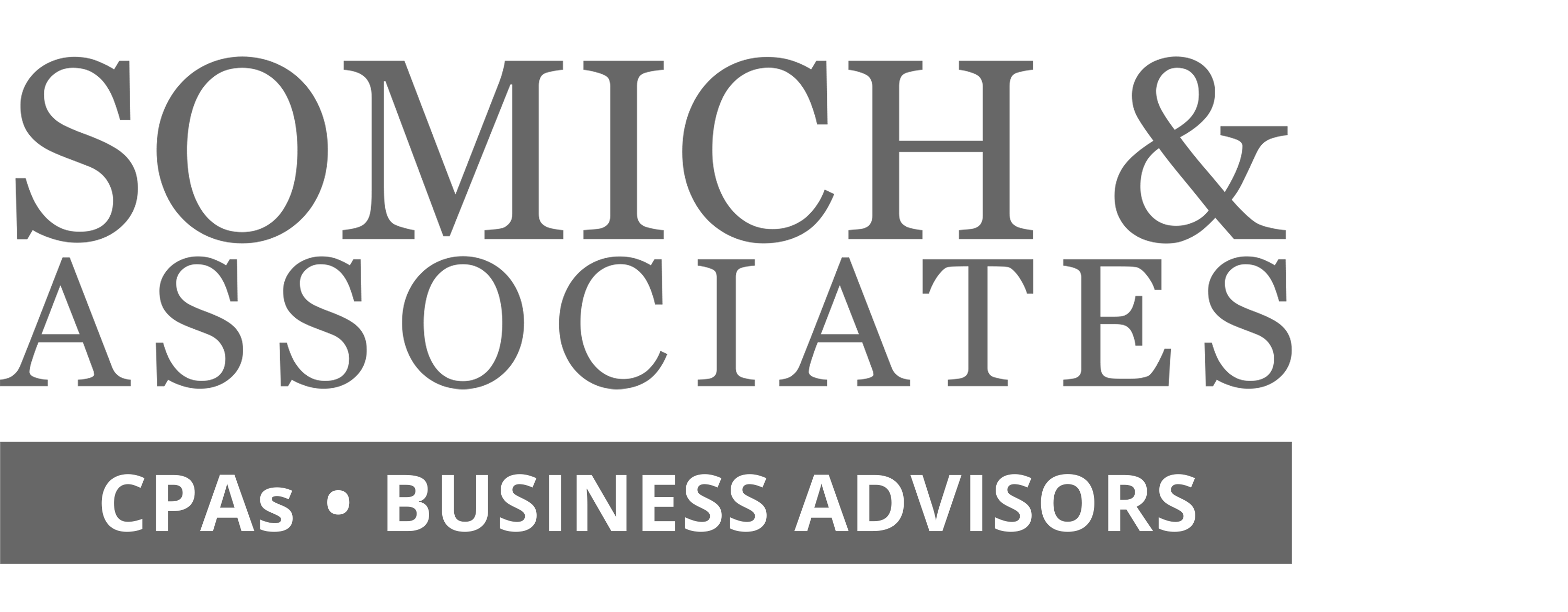Focusing solely on sales and profits can create a surprise for any business when there is not enough cash to pay the bills. Here are five key principals to improve your cash management.
- Create a cash flow statement and analyze it monthly. The primary objective of a cash flow statement is to help you budget for future periods and identify potential financial problems before they get out of hand. This doesn’t have to be a complicated procedure. Simply prepare a schedule that shows the cash balance at the beginning of the month and add cash you receive (from things like cash sales, collections on receivables, and asset dispositions). Then subtract cash you spend to calculate the ending cash balance. If your cash balance is decreasing month to month, you have negative cash flow and you may need to make adjustments to your operations. If it’s climbing, your cash flow is positive.
- Bonus tip: Once you have a cash flow statement that works for you, try to automate the report in your accounting system. Or even better, create a more traditional cash flow statement that begins with your net income, then make adjustments for non-cash items and changes in your balance sheet accounts.
- Create a history of your cash flow. Build a cash flow history by using historical financial records over the course of the past couple of years. This will help you understand which months need more attention.
- Forecast your cash flow needs. Use your historic cash flow and project the next 12 to 24 months. This process will help identify how much excess cash is required in the good months to cover payroll costs and other expenses during the low-cash months. To smooth out cash flow, you might consider establishing a line of credit that can be paid back as cash becomes available.
- Implement ideas to improve cash flow. Now that you know your cash needs, consider ideas to help improve your cash position. Some ideas include:
- Reduce the lag time between shipping and invoicing.
- Re-examine credit and collection policies.
- Consider offering discounts for early payment.
- Charge interest on delinquent balances.
- Convert excess and unsold inventory back into cash.
- Manage your growth. Take care when expanding into new markets, developing new product lines, hiring employees, or ramping up your marketing budget. All require cash. Don’t travel too far down that road before generating accurate cash forecasts. And always ask for help when needed.
Understanding your cash flow needs is one of the key success factors in all businesses. If your business is in need of tighter cash management practices, now is the perfect time to get your cash flow plan in order.
